|
On this day (13 July) in 1945, some communists did the only thing they are useful for – fight fascist assholes. Following their invasion of Yugoslavia, the Germans, Italians, Hungarians and Bulgarians (the aforementioned assholes) set up a predictably brutal occupation of the country. This caused some unlikely fellows to join forces, at least for a time. First were the hardcore Yugoslavian nationalists known as the Chetniks, whose standard featured a skull-and-crossbones and whose membership was mainly composed of those royal to the monarchy. Their foil was the Communist Party of Yugoslavia, and the Commander-in-Chief of their military forces Josip Tito. Together they launched what became known as the Uprising in Montenegro against occupying Italian troops. And the communists are (to my great regret) truly the heroes of this story. Because while they weren’t effective in a head to head military fight (the uprising was fairly quickly crushed), over the course of the war their partisans managed to wage an incredibly effective guerilla campaign against the Axis powers that sapped men and material from the rest of the war effort. The Chetniks by comparison went on to collaborate with the Axis forces, while claiming they were “using” the occupiers for their own ends. And they did this despite the Axis forces engaging in “reprisals” where they would murder civilians for every Axis soldier killed by partisans. The Italians favored a 1:10 ration (1:50 for officers), while the Germans settled on a 1:100 ration (how progressive treating officers and enlisted alike). While there would have been a wide variety military hardware in use by partisan forces, a common sight would be weapons captured from Italian forces. This m91/24 Carcano Truppe Speciale (T.S.) carbine would have been carried by rear-echelon Italian troops, the perfect target for guerilla forces. Modified in 1927 from a WW1 era long rifle manufactured in 1918, this weapon is extraordinarily light and handy for a shoulder arm of the era. One consequence of shortening the rifle was degraded accuracy however, for Italian rifles of the era used a fairly rare “progressive rifling”, where the twist started slow, and got tighter farther down the barrel. The accuracy was still deemed acceptable for military purposes, and put into service alongside full length rifle variants. (Quick note: The carbine used to assassinate JFK – or not, believe what you will – was a purpose-built carbine, and would not have have this issue). The carbine feeds from a 6-round enbloc clip that drops free from the rifle when the last round is stripped away. This system has the advantage of being extremely quick and easy to load, as you are not fighting shuck individual rounds into the magazine of the rifle via a stripper clip (easy enough at the range, I would imagine a bit harder while being shot at). A disadvantage however is that it is an enormous PITA to load and fire single rounds, especially given the layout of the receiver. Carcanos get a lot of hate – and they likely were the worst rifles widely fielded by a major power during the war. That being said they were an adequate, although dated, weapon that served well enough for the time. And like many weapons of former colonial powers they still pop up today in the hands of rebel fighters in formerly controlled areas (in this case the attached picture is from Libya circa 2011).
0 Comments
Leave a Reply. |
Jon K.Weapons collector, history buff, Army officer, Pug enthusiast. Archives
December 2020
Categories
All
|
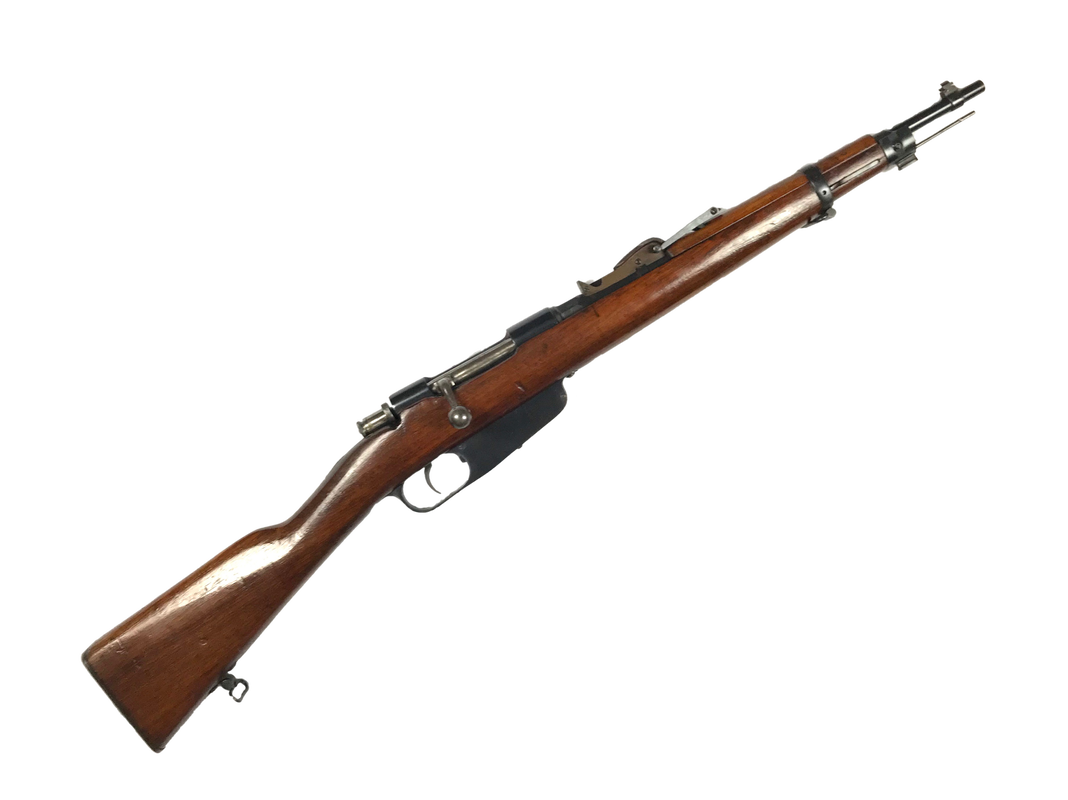
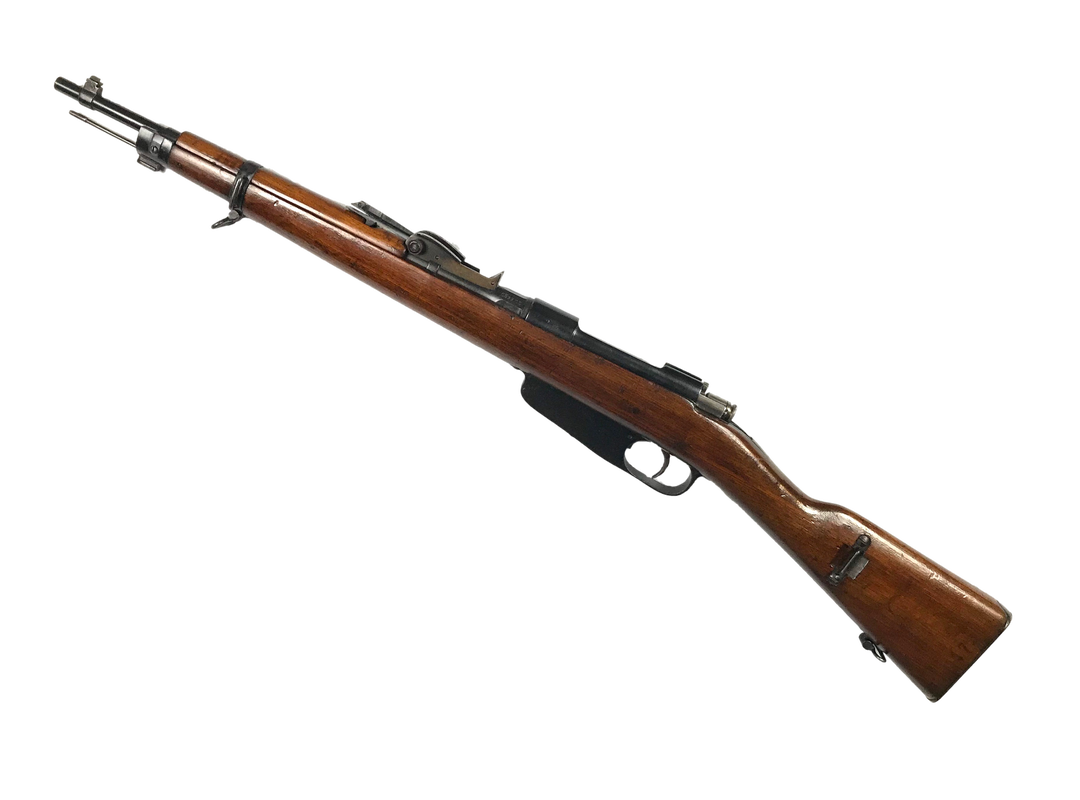
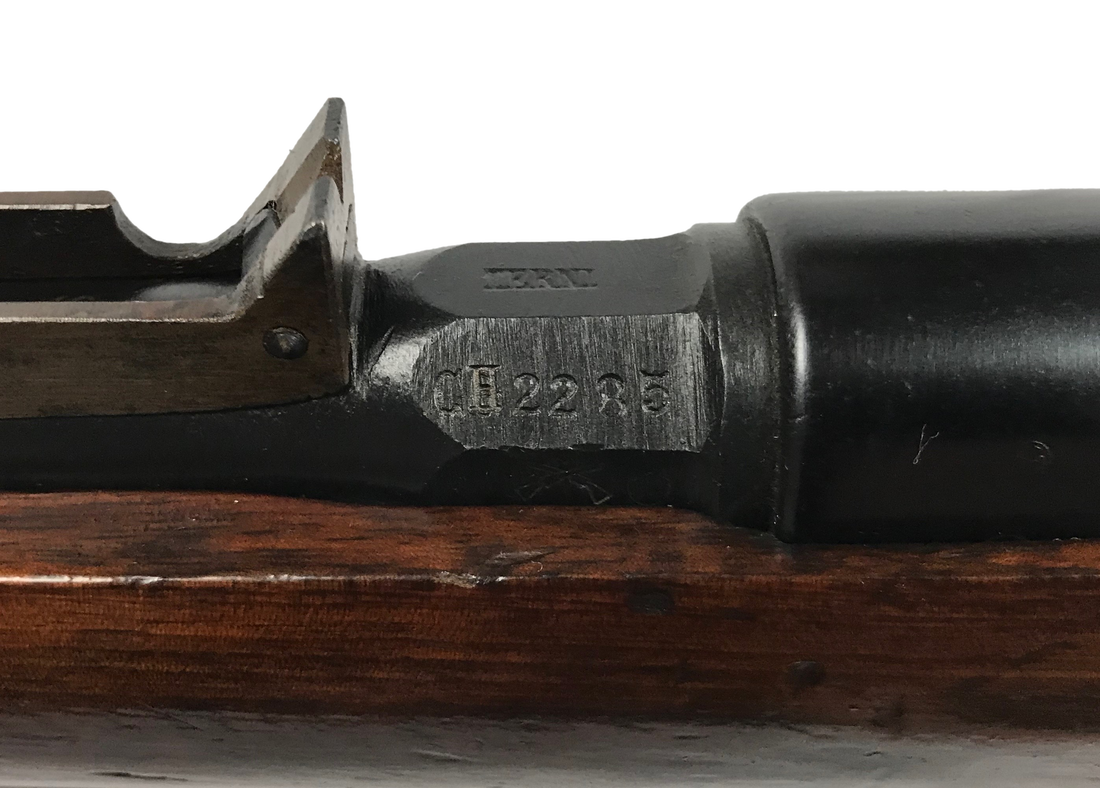
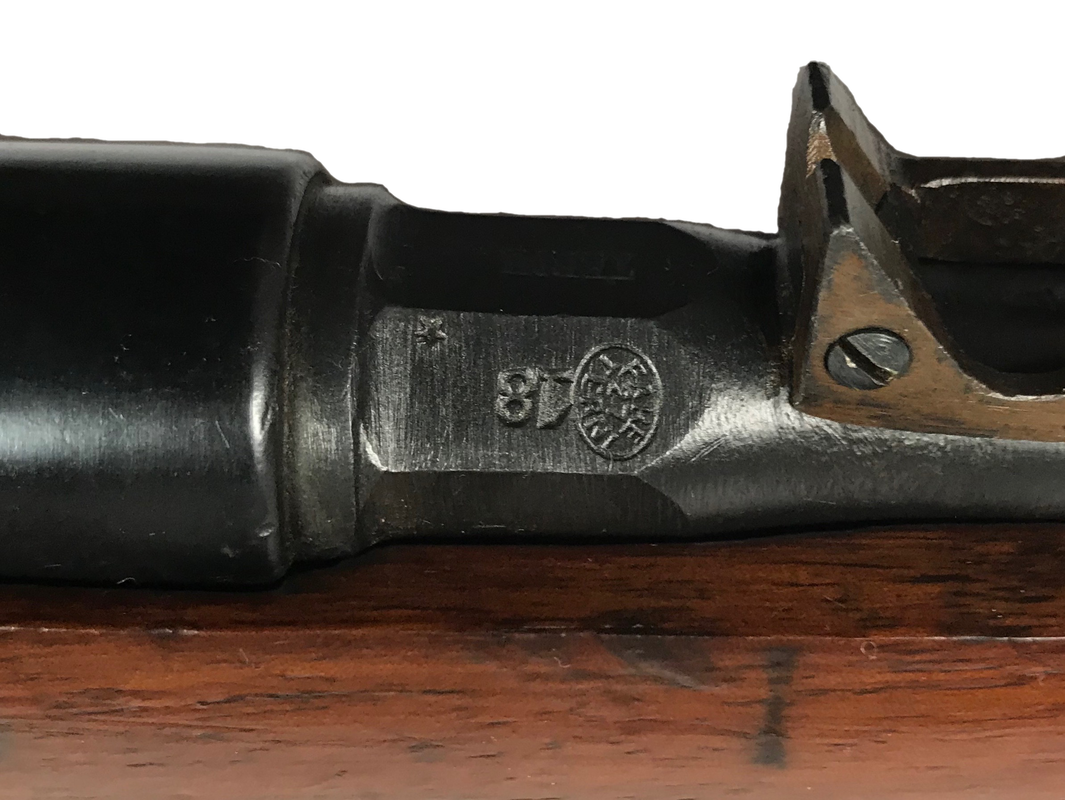
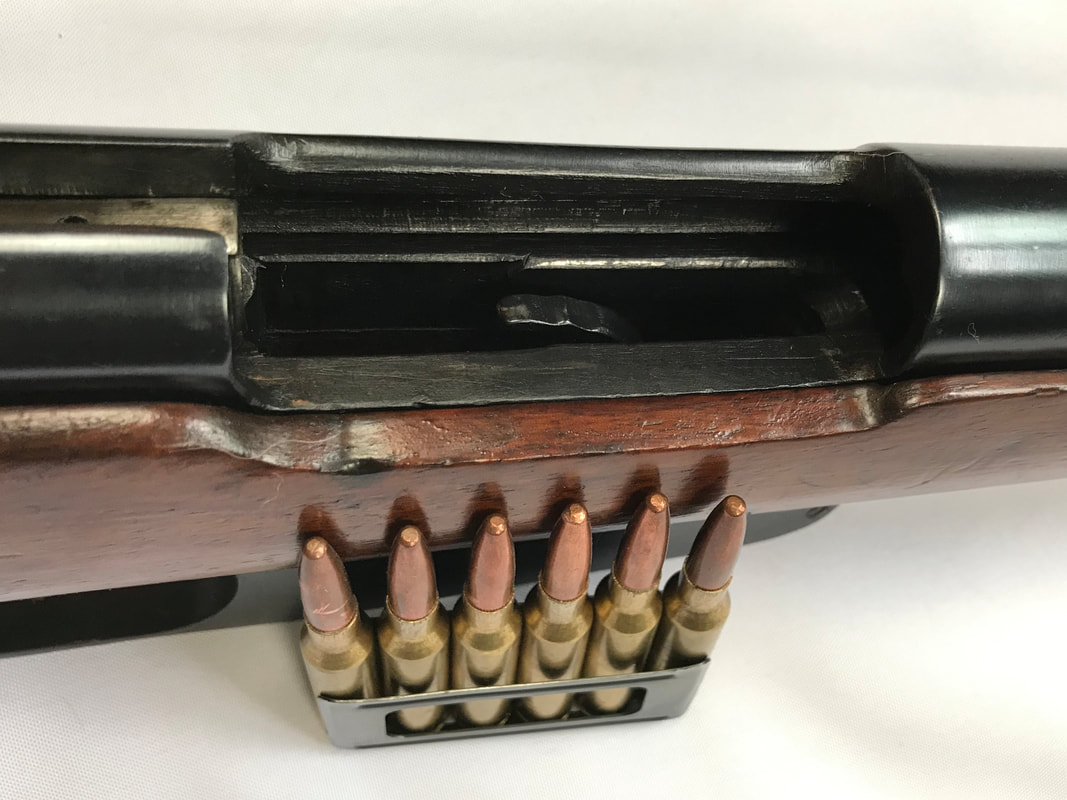
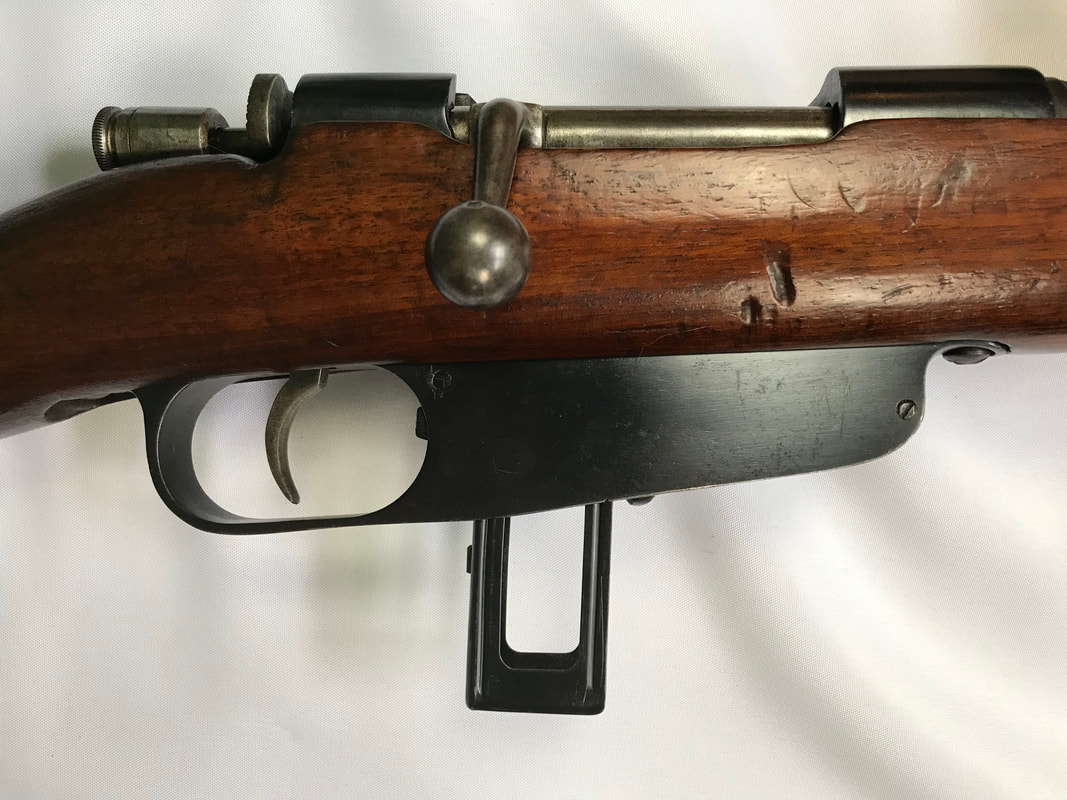
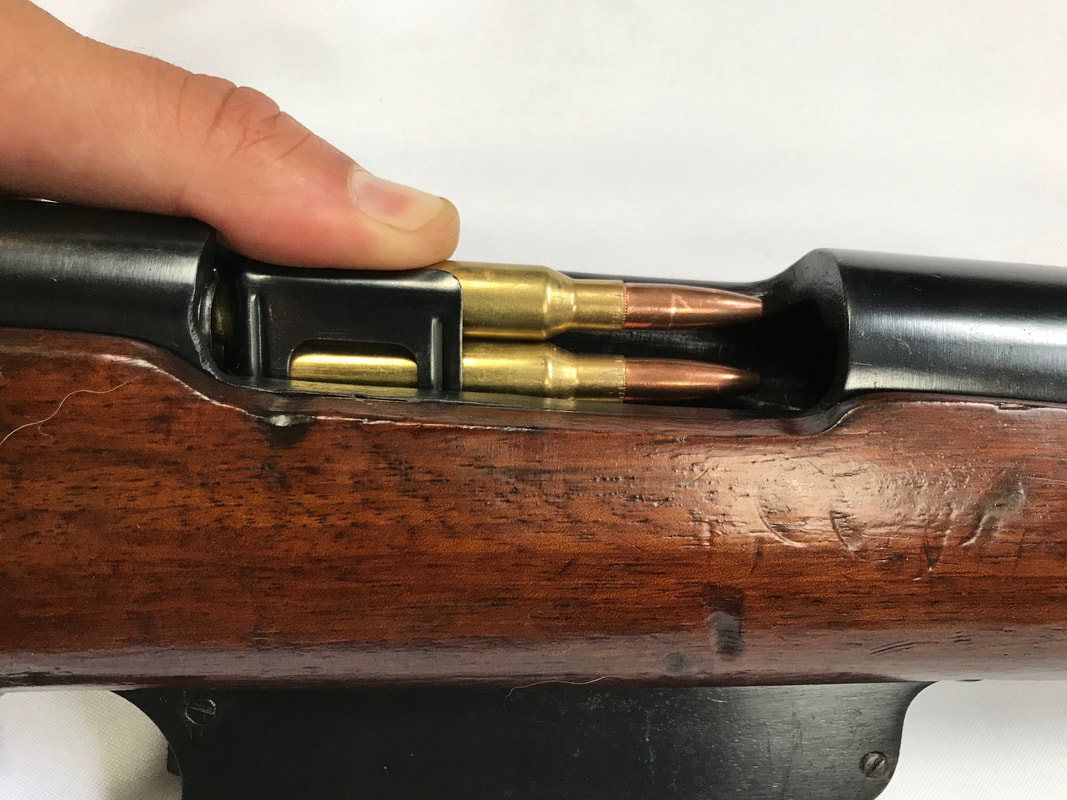
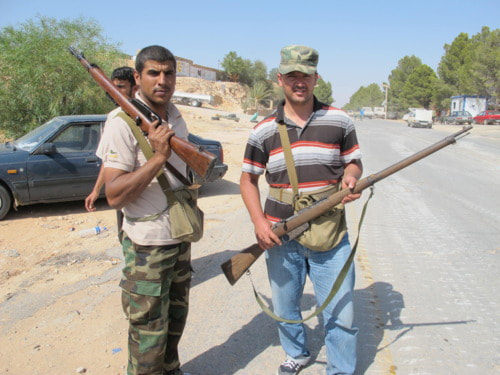
 RSS Feed
RSS Feed
